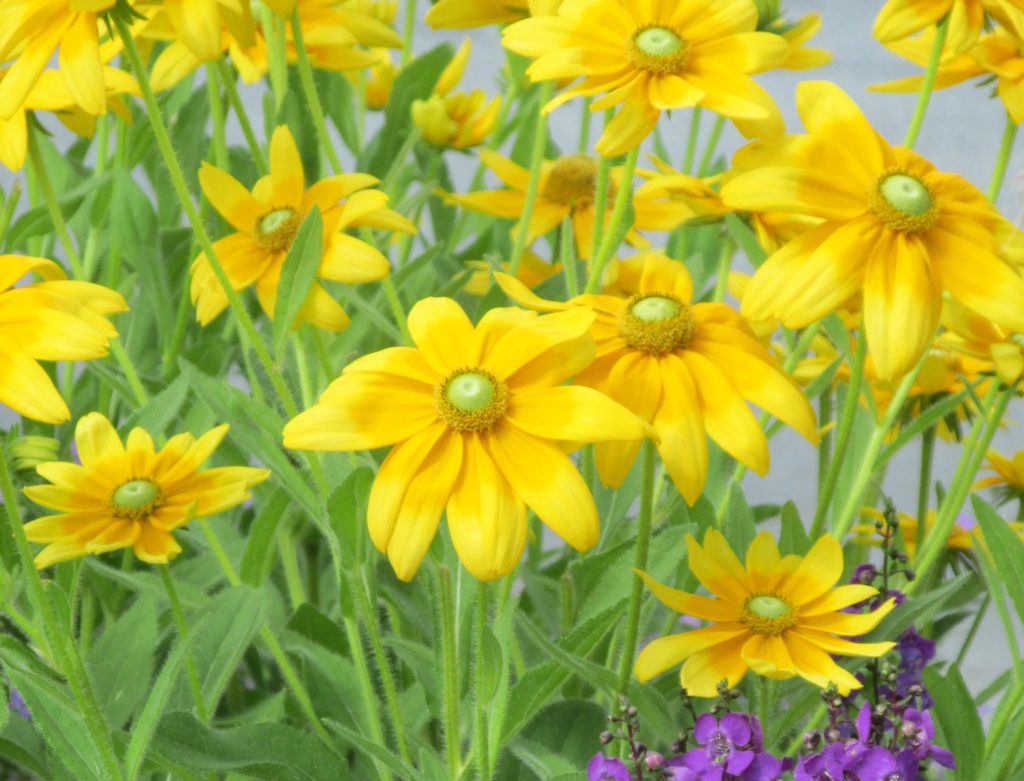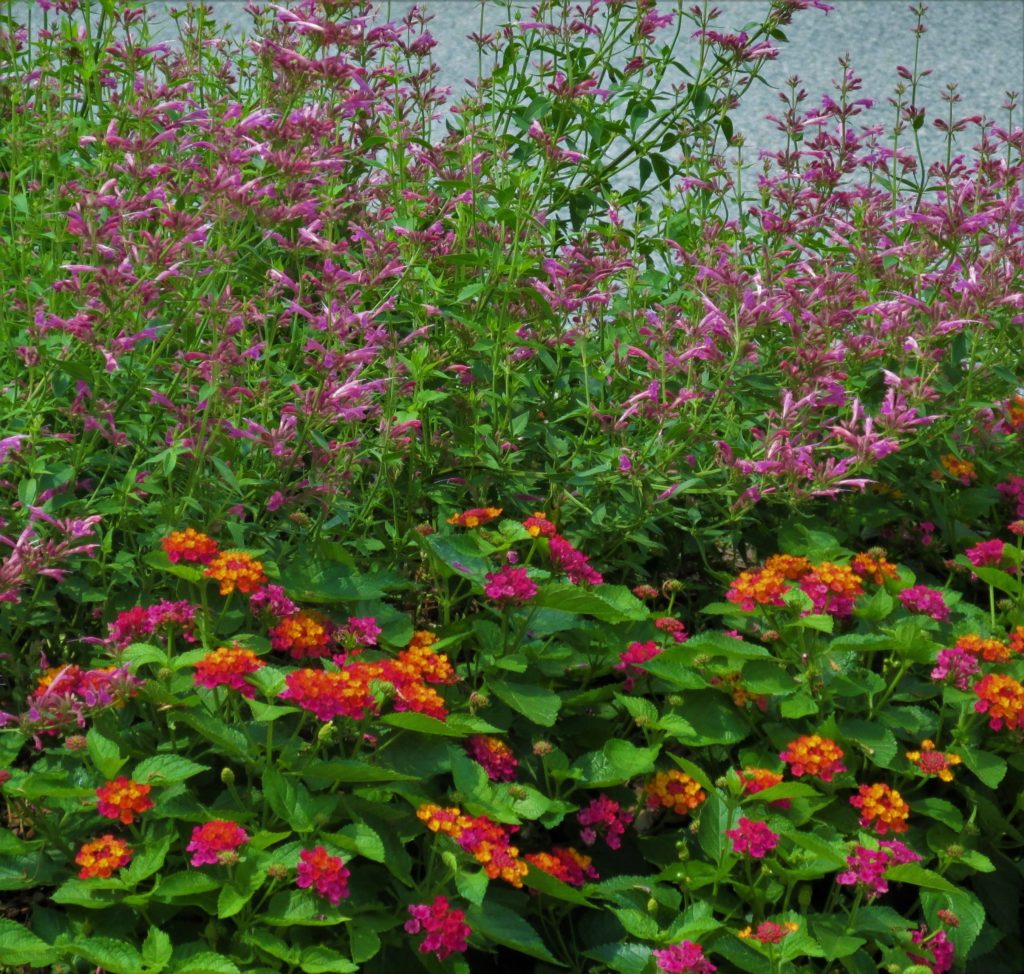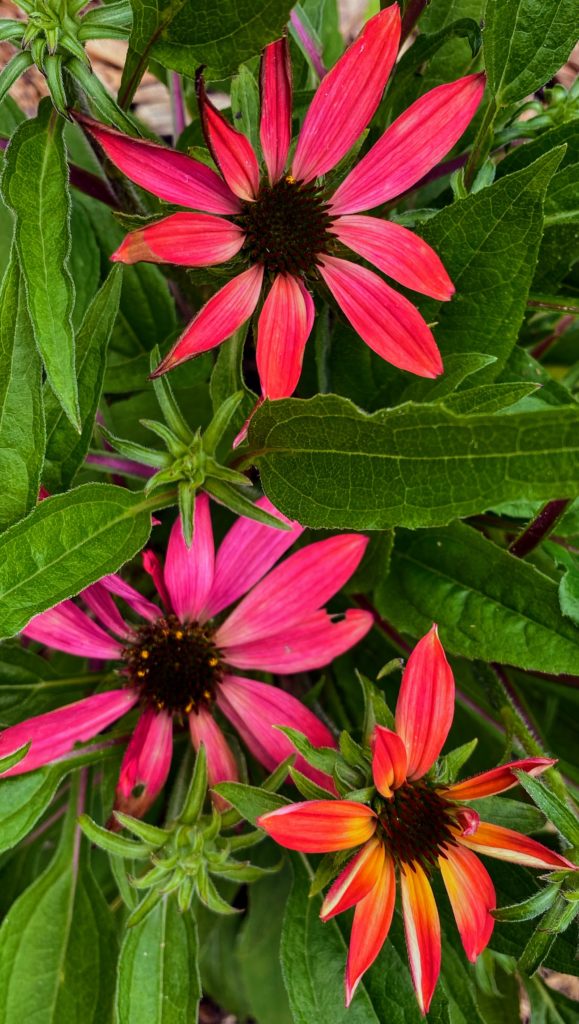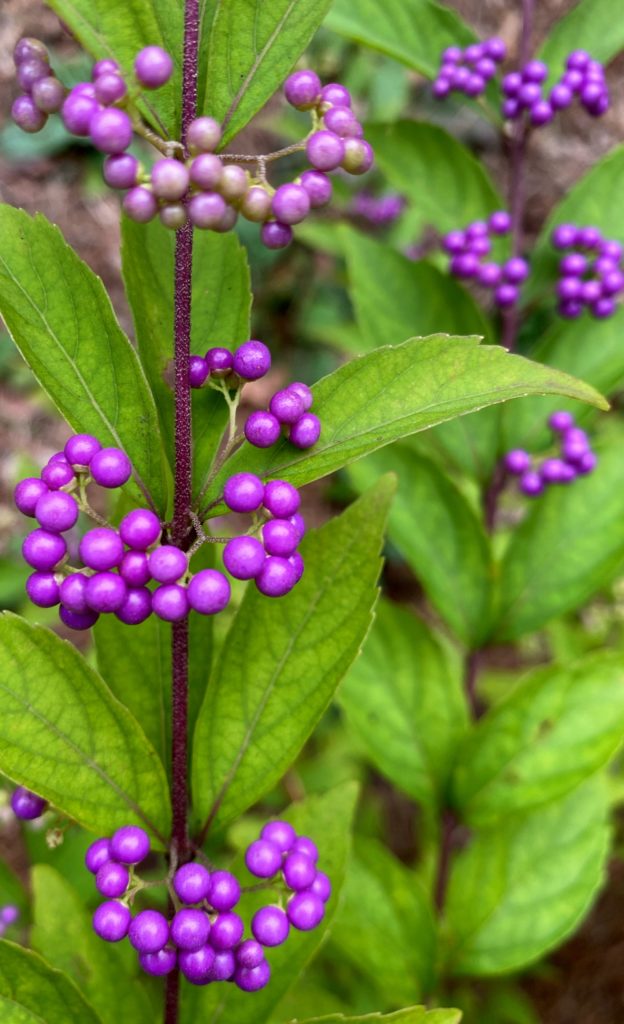
Like many gardeners, I’m happiest during spring and fall, when the weather is pleasant and I can spend entire days doing what I love best: messing around with plants. You would assume that the dead of winter – January – would be the worst month to be a gardener. This isn’t true. When January arrives it means that all of the work is done. There is no watering, no deadheading, no rabbits eating the coneflowers, no downy mildew on the zucchini. January is the month that you sit with your laptop contemplating which plants you should order for spring planting, while sipping hot cocoa in your sweatpants.

In my zone 8 Georgia garden, I know that by the end of January I’ll see the first few signs of spring. Lenten roses will show promising growth, the daphne in the woods will be blooming, and snowdrops will be pushing up through the leaf litter. Watching the garden slowly wake up is enough to keep me entertained for many weeks. No, winter is fine. It’s late summer that makes me cranky.
August is the month I dread. It’s hot. It’s humid. Caterpillars must be picked off the maypop vine climbing my pergola and moved into the woods (and placed on another maypop vine) if I want to see any more flowers this year. I don’t want to kill them, I just want them to go elsewhere to dine. Chamber bitters (the most annoying weed I know) is popping up here and there, and must be removed ASAP before it flings its evil seed everywhere. Plants that love heat are growing at an astonishing rate and the ones that love cooler weather are sulking. It’s a little too much drama for me.

When September arrives in Georgia, the sun shifts, and my garden begins to look hydrated and rested. Daytime temperatures are pleasant, though it is still warm, and this is when I plan any changes I want to make before the garden goes to sleep at the end of the year.
There’s still much to do before those golden September days arrive, so here’s my game plan for the month of August:
- I’m planting cool season greens and flowers and will get seeds going as soon as possible. I have a pile of seed packets on the kitchen table as I write this, and this month I’ll be planting poppies, lettuce, kale, honeywort (cerinthe), and calendula that will be eventually be moved into a small raised-bed garden that is fenced to keep the deer out. I’m using Jiffy peat pellets to start some of my seeds this time. I don’t usually buy them, but they’ll make baby plants easy to transplant later.
- I keep late summer weeds in check so they don’t reseed and cause me more work next summer. I hand pull weeds in my garden areas rather than using herbicides. If I find something that I can’t touch, like poison ivy, I dig it out with a shovel and discard it in the trash.
- I turn my compost pile. I keep two of them going in the summer, one in a fancy bin that keeps it all contained, and one in a pile that looks a bit messier, but still gets the job done. I save cardboard boxes so that I can wet them down and then tear them up to add to my kitchen and garden waste. Paper and cardboard are the “brown” waste (carbon) which is needed, along with the “green” waste (nitrogen), to make compost. I’ll write a post soon about how easy this is.
- In August I’ll order any perennial plants that I want for fall planting and also bulbs for December planting. I’m ordering a variety of small spring-blooming bulbs to put in terracotta pots, so that when they come into bloom I can place them where I want to add a bit of color.
- Though the garden has slowed down this month in the heat, I still deadhead annual and perennial flowers when needed. I’m simply removing spent flowers to encourage more blooms. In my back garden I will stop this practice in October so the birds can eat the flower seeds and the plants themselves will provide shelter for all the creatures that keep my garden in balance. In my front garden, which is mostly shrubs, I do keep things tidy so that my neighbors don’t start calling me the crazy plant lady…
- We had a long period of drought earlier in the summer, and though we’ve had an inch of rain in the last week, I’ll have to keep an eye on things that might need a drink with temps in the 90s. It’s better to water thoroughly once a week than give plants a dribble of water every few days. This will encourage roots to reach down into the soil to find moisture, which will make your plants more resilient. One note for new gardeners: You’ll have more success with garden borders that are not irrigated along with your turfgrass. Grass needs more water, generally, than shrubs or flowers. Overwatering flowers over time will likely kill them, unless they are moisture-loving plants, like flag iris.
- My favorite time to go into the garden is just when a thunderstorm is threatening. In the South we have many days when the skies darken, thunder rumbles, and not a drop of rain falls. For a few minutes, I’ll go outside and enjoy the slightly cooler breeze, and look at what is blooming, not what needs to be done tomorrow. I try to pick a few flowers so that I can keep them in a small vase on my kitchen table. This allows me to truly look at and appreciate the details that make them so beautiful, something I don’t take time to do when I’m doing chores. There is always something to be grateful for, you just have to take a moment to find it.
